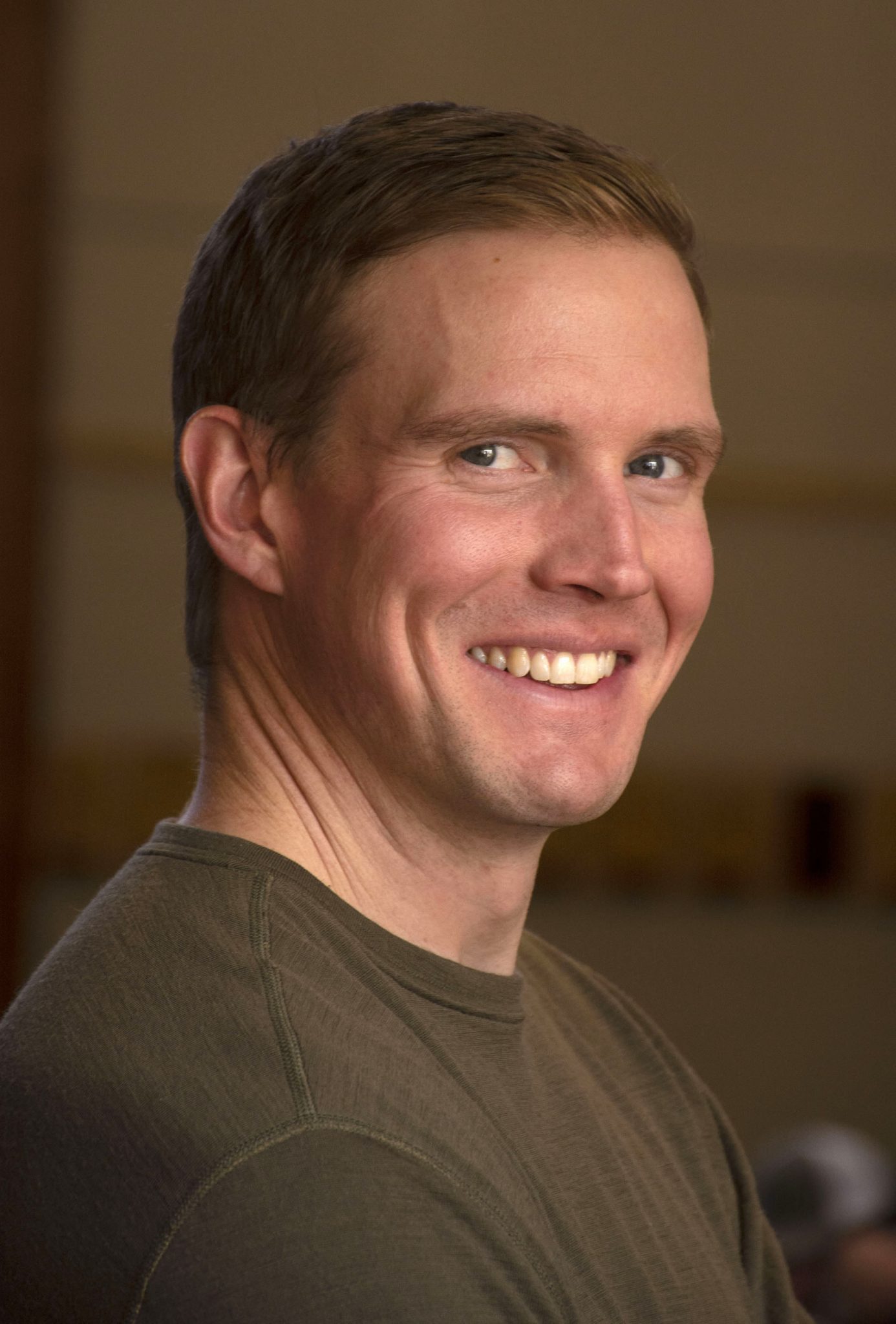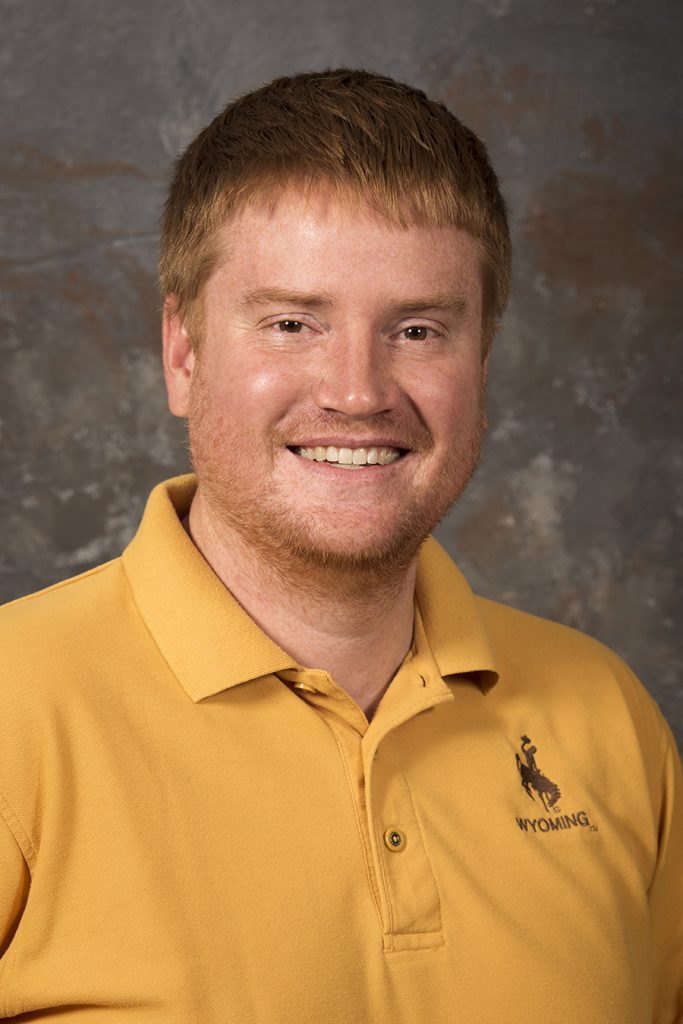News
Microsoft awards UW funds to apply artificial intelligence tech to dataset analysis

The same science that powers Google searches, Siri and Alexa and self-operating cars may steer laboratory analysis in the College of Agriculture and Natural Resources.
Microsoft has awarded two $15,000 grants through its “AI for Earth” program to scientists in two departments in the college. Researchers Todd Schoborg and Jay Gatlin in molecular biology will examine biomedical imaging datasets to understand the molecular basis of human disease, and Brant Schumaker in the Department of Veterinary Sciences will evaluate migration congregation points and potential for Chronic Wasting Disease (CWD) transmission.
Scientists in both departments will collaborate with Lars Kotthoff, an assistant professor in the Department of Computer Science, whose research combines artificial intelligence and machine learning. He also leads the Artificially Intelligent Manufacturing Center (AIM) on campus.
The grant enables scientists to use Microsoft cloud computing resources.

“Their idea is to use artificial intelligence to address some of the big problems we haven’t been able to address through other means,” said Schoborg. “It’s their ‘Let’s bring computing thinking into the mix,’ which is where the artificial intelligence comes in.”
AI would perform image analyses in much the same way a human would, relying on the ability to “learn” what features are present in an image and then using that information to automatically identify those same features in subsequent images.
This process is known as training, said Schoborg. The more images fed to the AI algorithm containing a particular feature, the more accurately AI can identify them. For example, distinguishing between the brain and the heart in a CT scan, or the difference between an elk and a mule deer at a wildlife camera trap.
“The AI will analyze data to reach conclusions about things that there’s not really a way to get these answers otherwise,” said Schoborg.
Schumaker’s grant will help automate camera trap image analysis to identify wildlife and livestock captured within thousands of images.
“Our goal of the project is to evaluate congregation points and potential for CWD transmission among cervids at agricultural salt sites,” said Schumaker, an epidemiologist and supervisor of diagnostic and regulatory serology at the Wyoming State Veterinary Laboratory.
The projects will most likely have students feed images into the programs, building up machine learning to be able to identify features scientists want. Personnel could be freed from spending hours in front of computers going through thousands of images.
“These grants are designed to get this framework in place,” said Schoborg. “The image analysis becomes more streamlined. Then we can use it for many things, whether it be for (wildlife) migration initiatives or analyzing biological samples, for example, looking at brain slices to determine whether an animal has CWD.”
Schoborg
said he and Gatlin do not have experience in machine learning or AI.
“That’s where we need Lars and his experience,” Schoborg
said. “He’s the brains behind the whole computational aspect of
this project. That’s right in his wheelhouse.”
The AI for Earth program is funding two graduate students in the College of Engineering to support the two agriculture college projects. Graduate funding has also been provided for College of Education/College of Engineering to support the training of in-service teachers for K-12 computer science deployment for UW as the Code.org regional partner. Code.org helps expand computer science in schools, teaching students and providing curriculum to educators. Its goal is to expand diversity in computer science.

